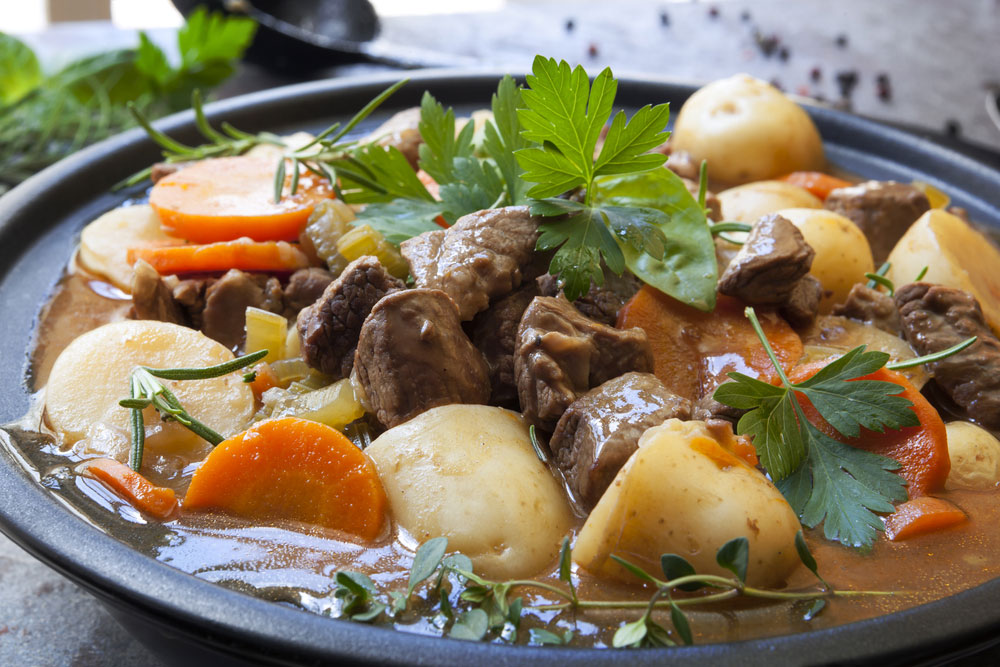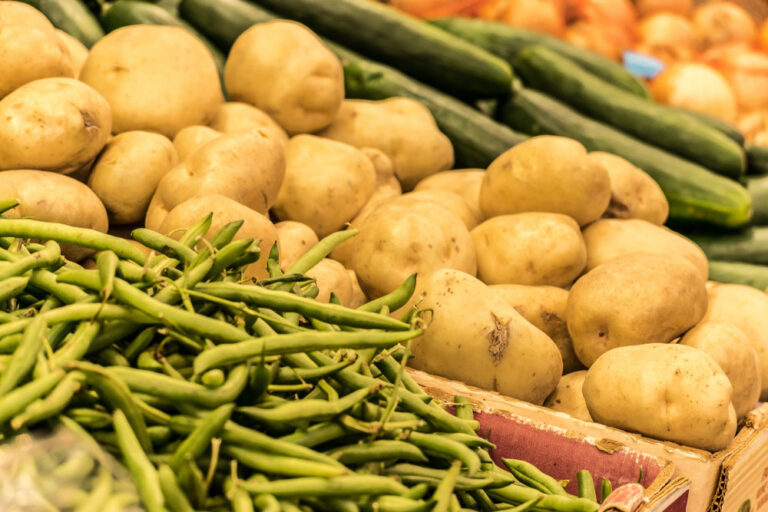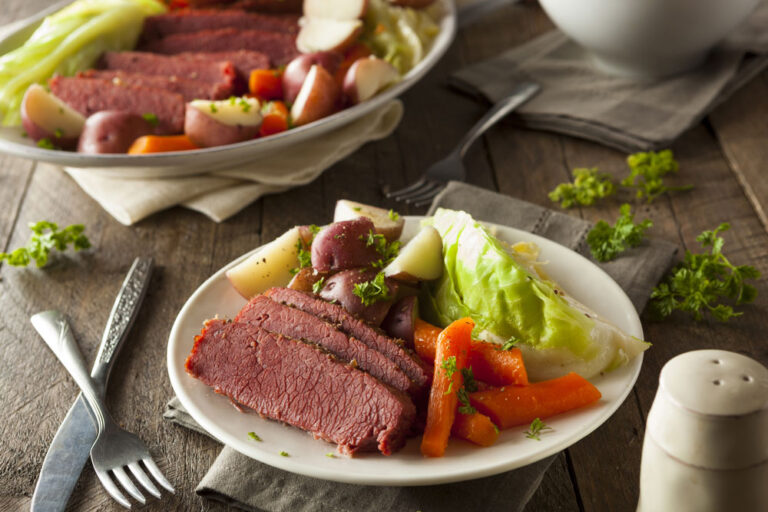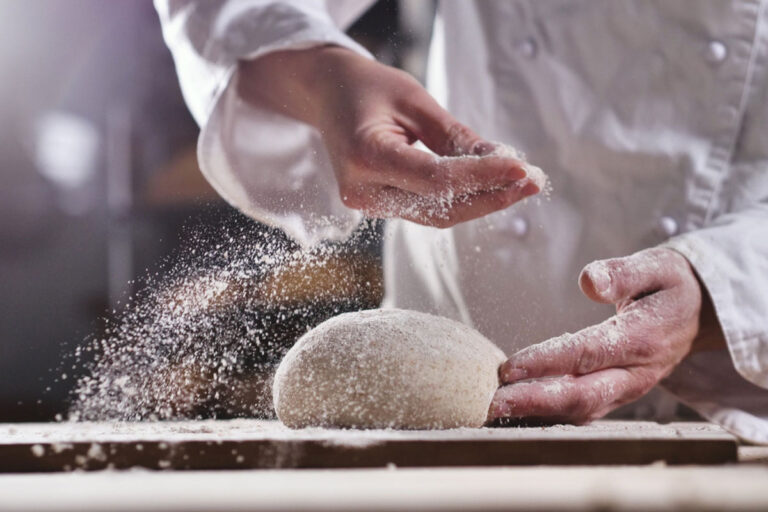It’s a story as old as the hills of Ireland, and one that speaks to the heart of the country’s cuisine. Irish stew is a classic dish made from simple, hearty ingredients. Traditionally, it consists of lamb or mutton, potatoes, onions, and sometimes carrots, all cooked together in a single pot for hours until the meat is tender and the flavors have melded together.
The origins of Irish stew are somewhat shrouded in mystery, but it’s believed to have originated in the 17th or 18th century. At that time, the dish was often made by shepherds and rural farmers who had access to only a few ingredients but needed a nourishing meal to sustain them through long days of work.
One theory about the dish’s origins is that it was originally made with goat meat, which was readily available in Ireland at the time. However, as the popularity of the dish spread, it evolved to include lamb or mutton, which was more commonly consumed by the wealthy. Another theory is that Irish stew was inspired by the one-pot dishes of other cultures, such as the French cassoulet or the Spanish cocido. Irish stew may have been a way for the Irish to put their own spin on these dishes, using local ingredients and cooking techniques.
Whatever its origins, Irish stew has become an iconic dish in Irish cuisine, beloved for its simplicity and heartiness. It’s the kind of dish that warms the soul and brings people together, and it’s a testament to the resilience and resourcefulness of the Irish people.
There are many different recipes for Irish stew but this is one of our favorites: Check Out Our favorite Irish Stew Recipe



